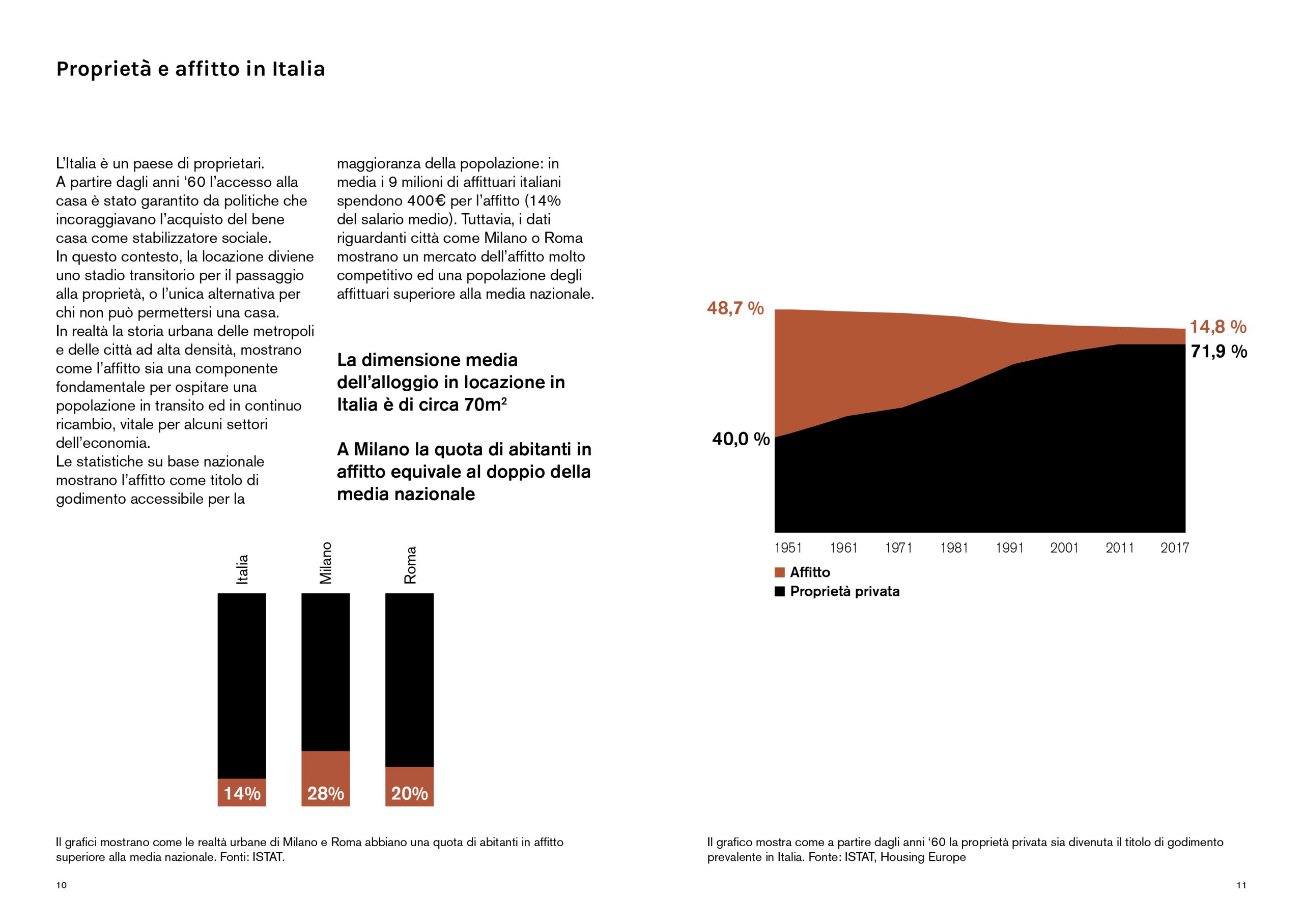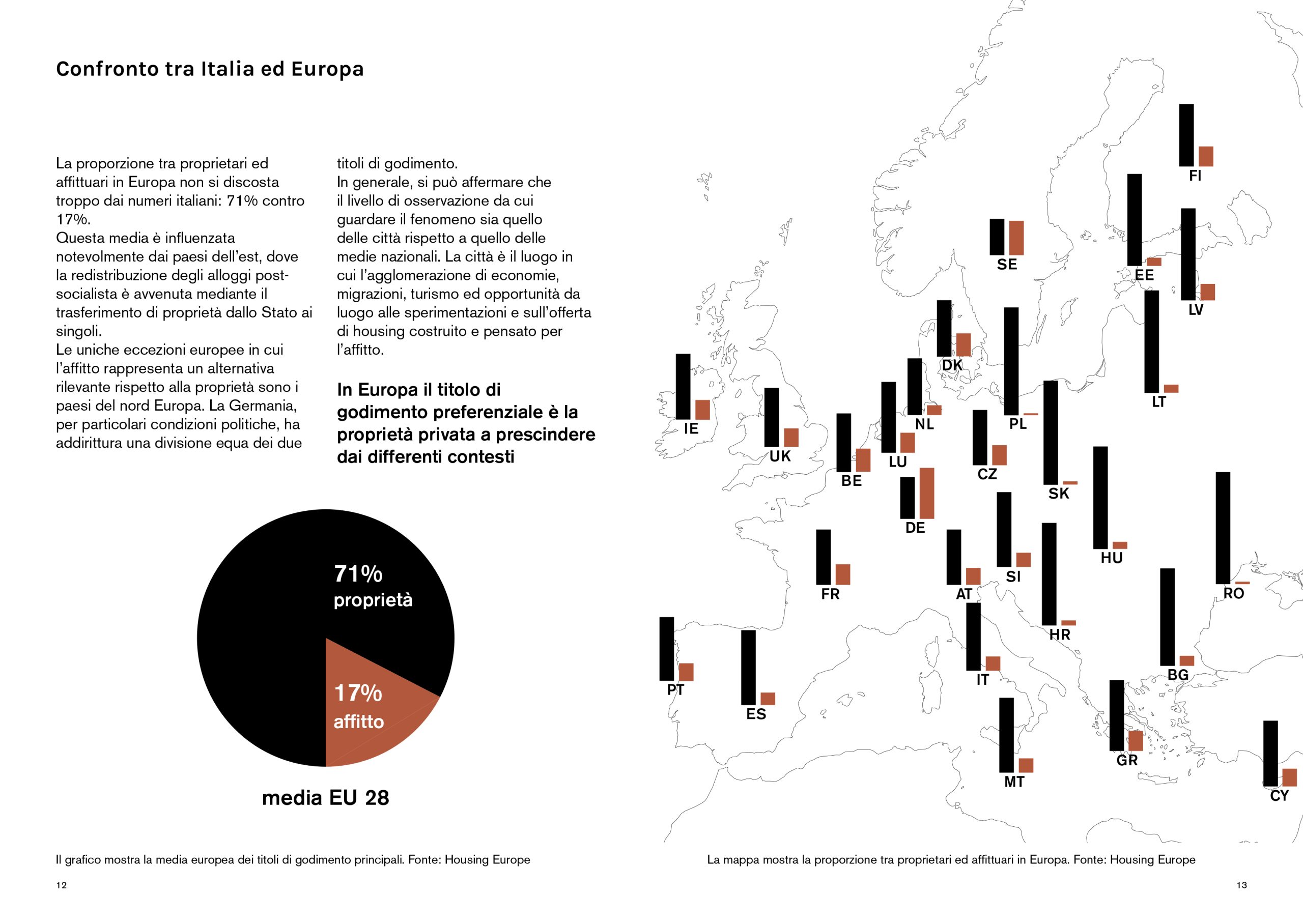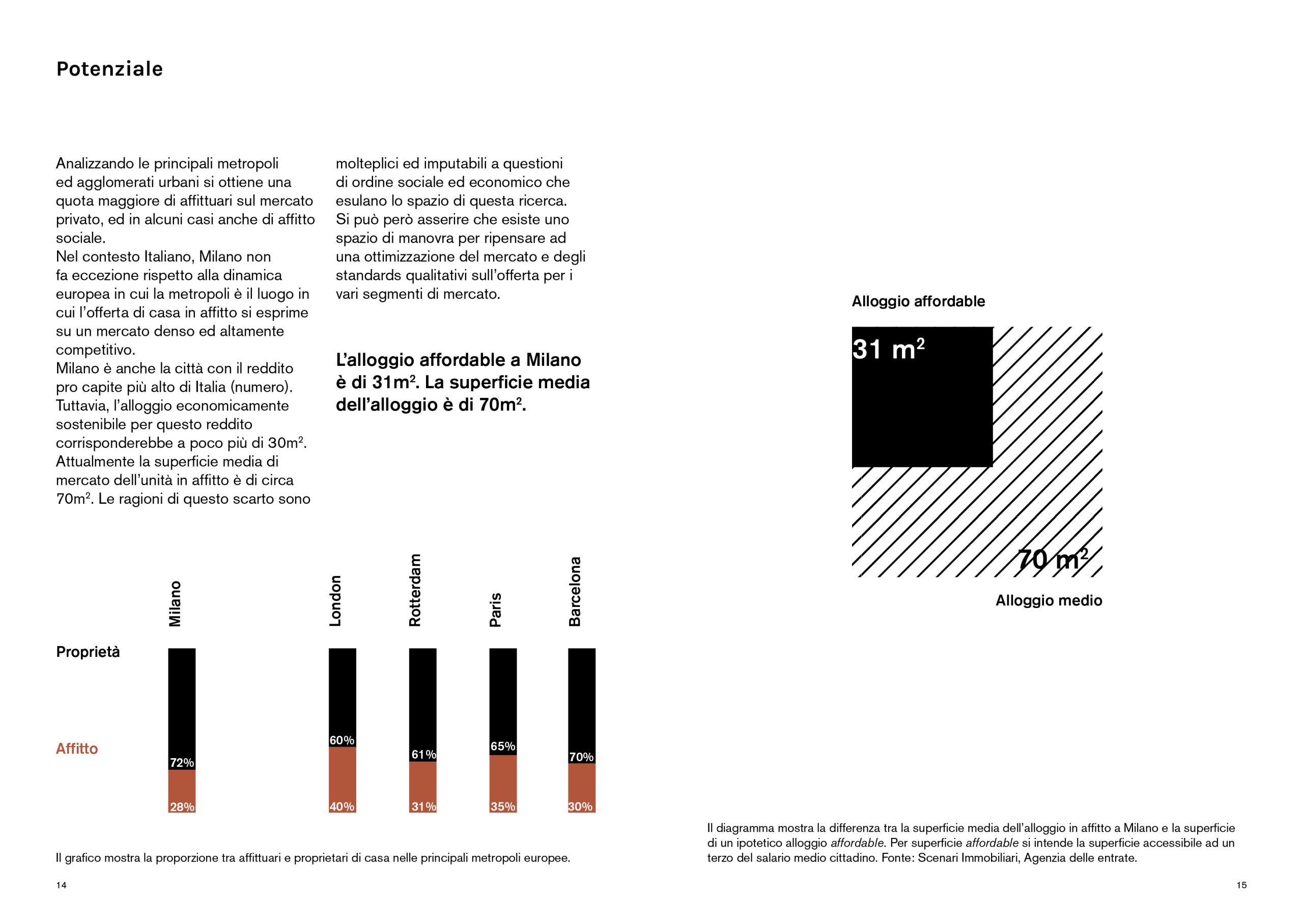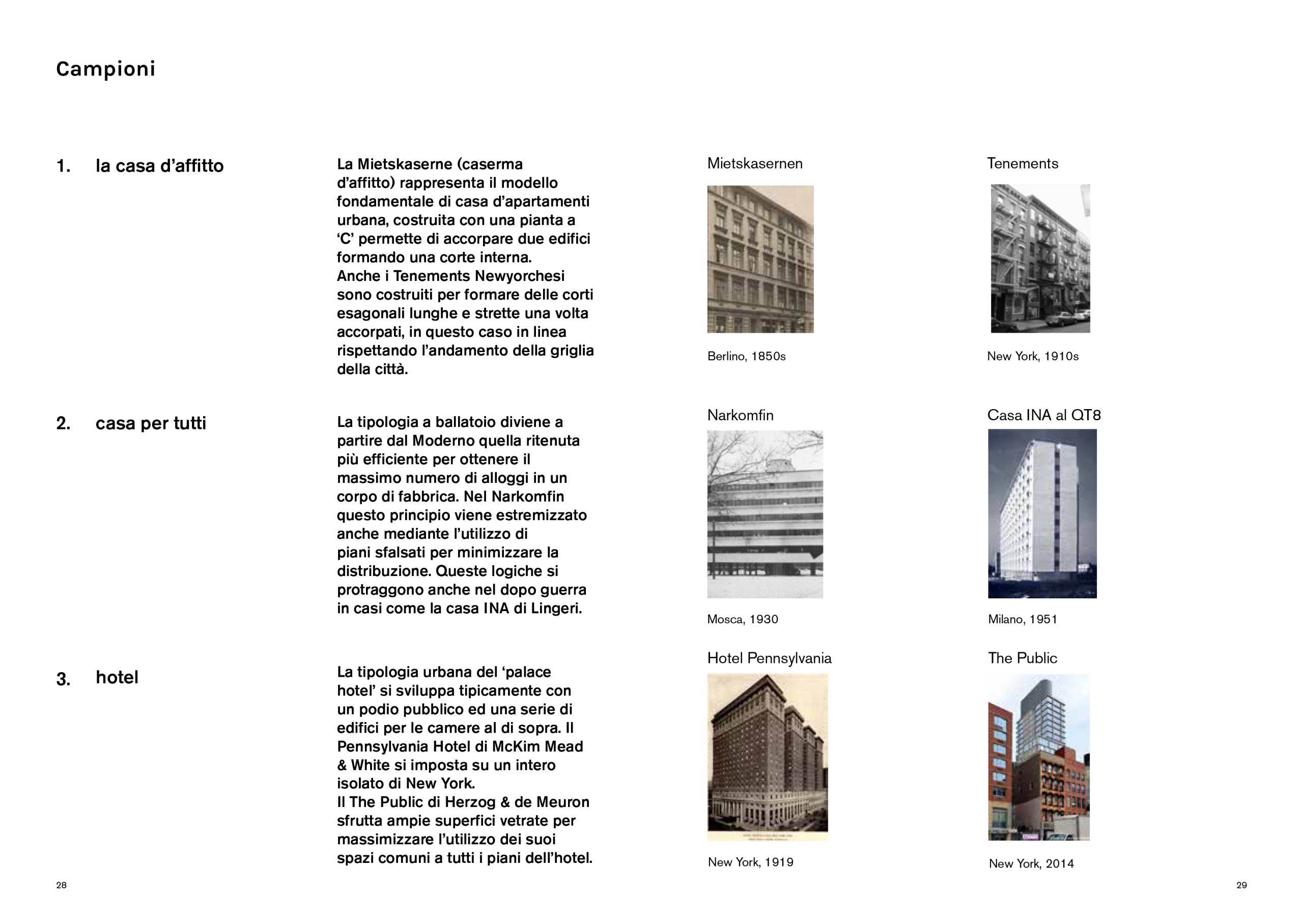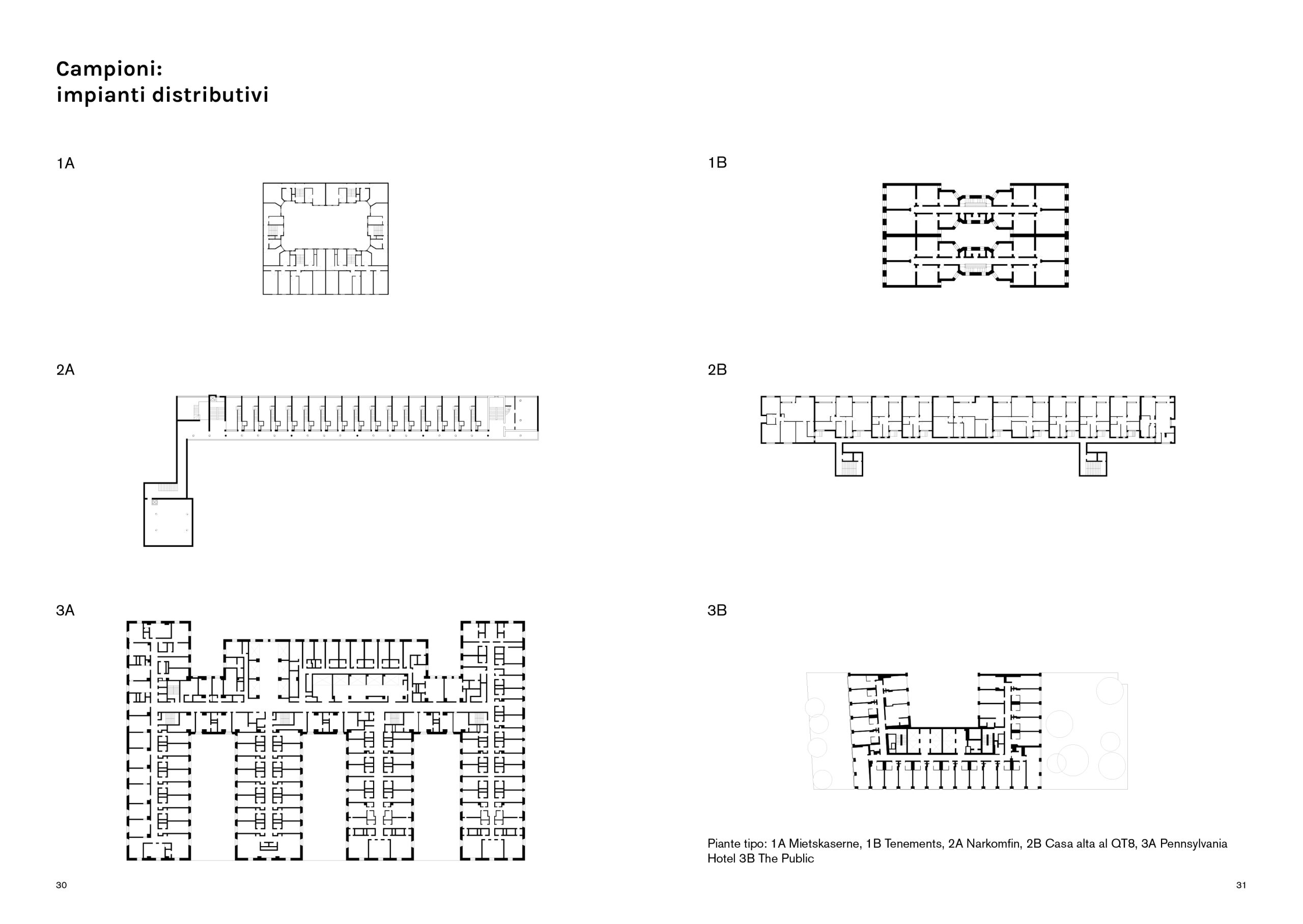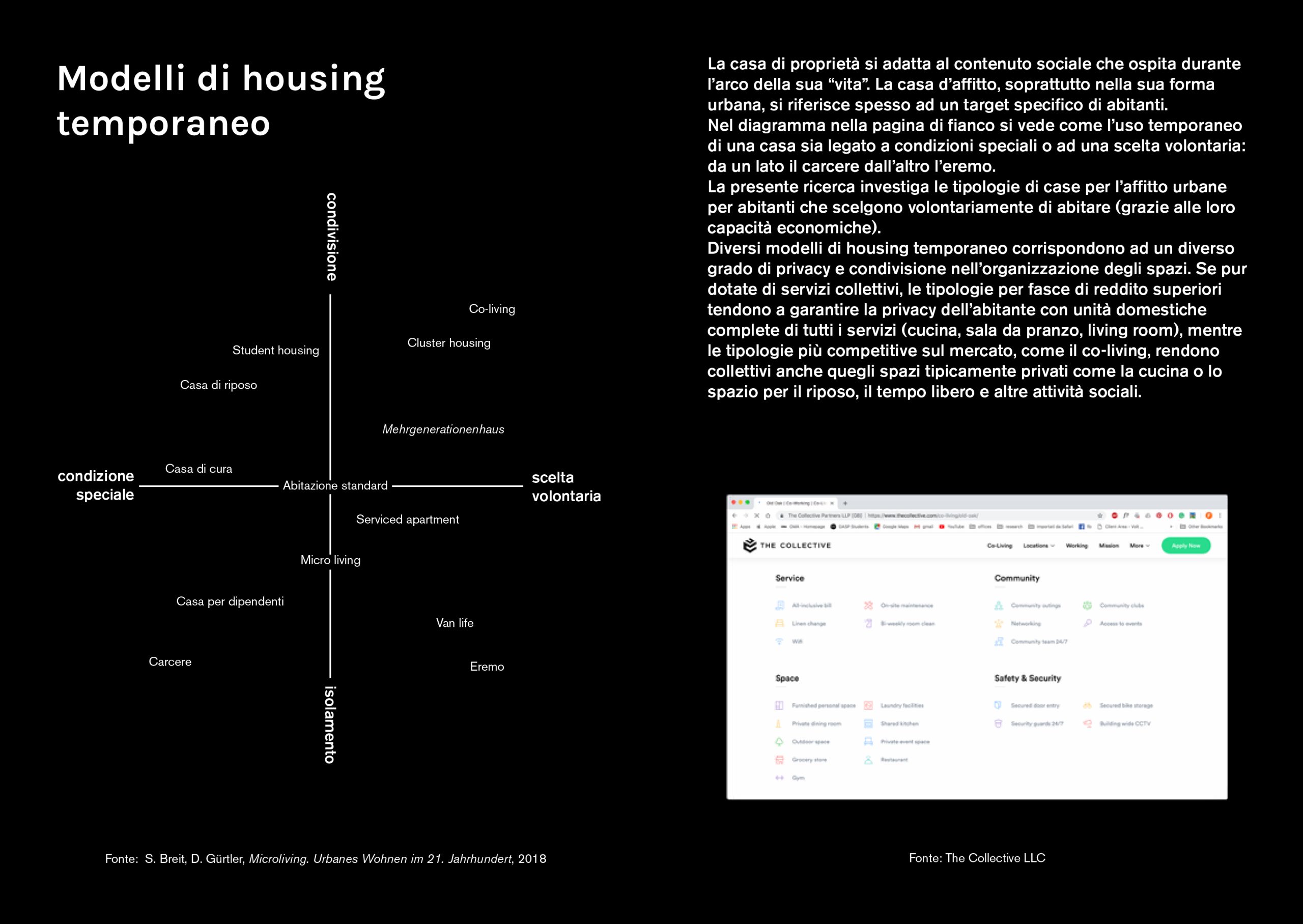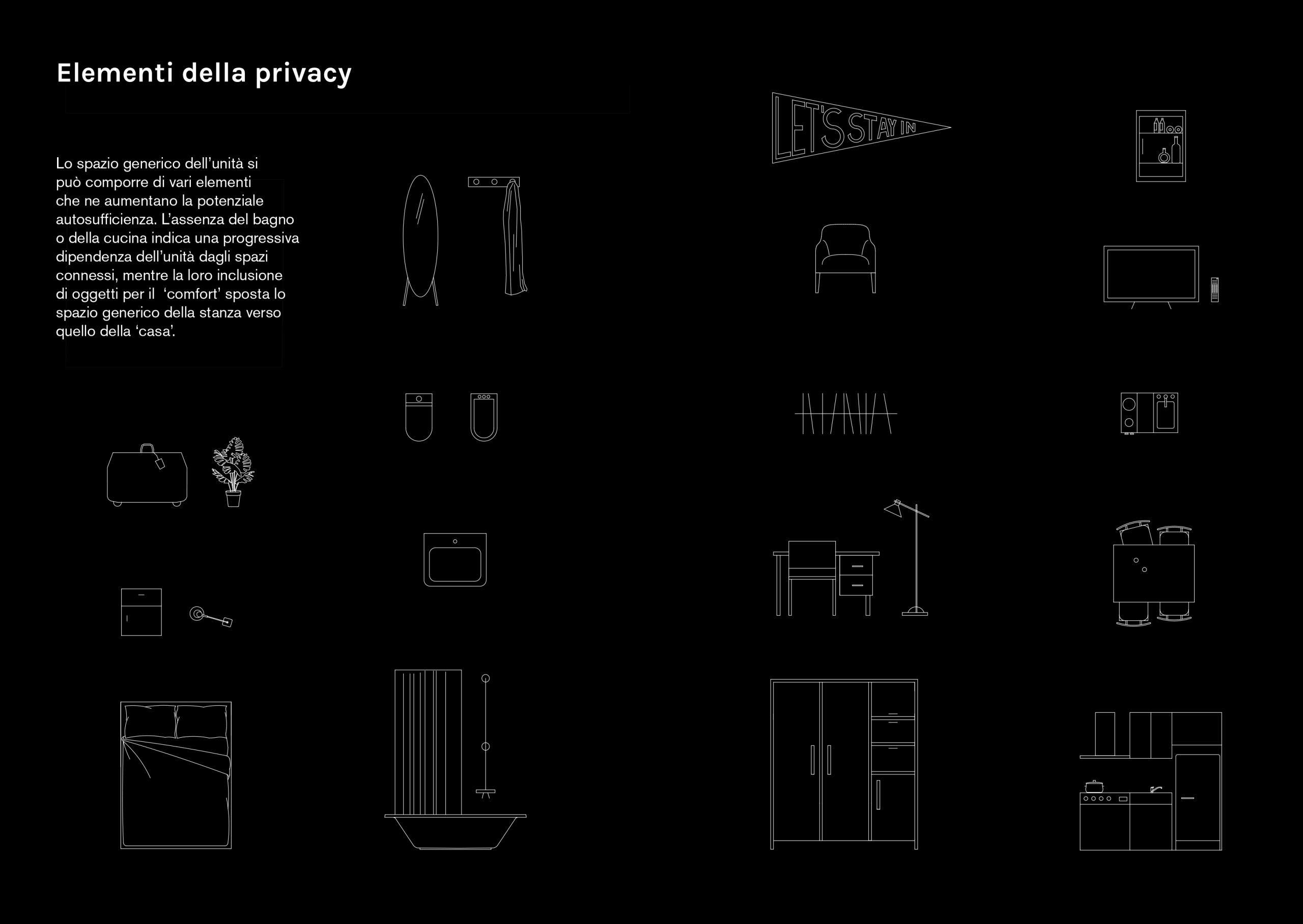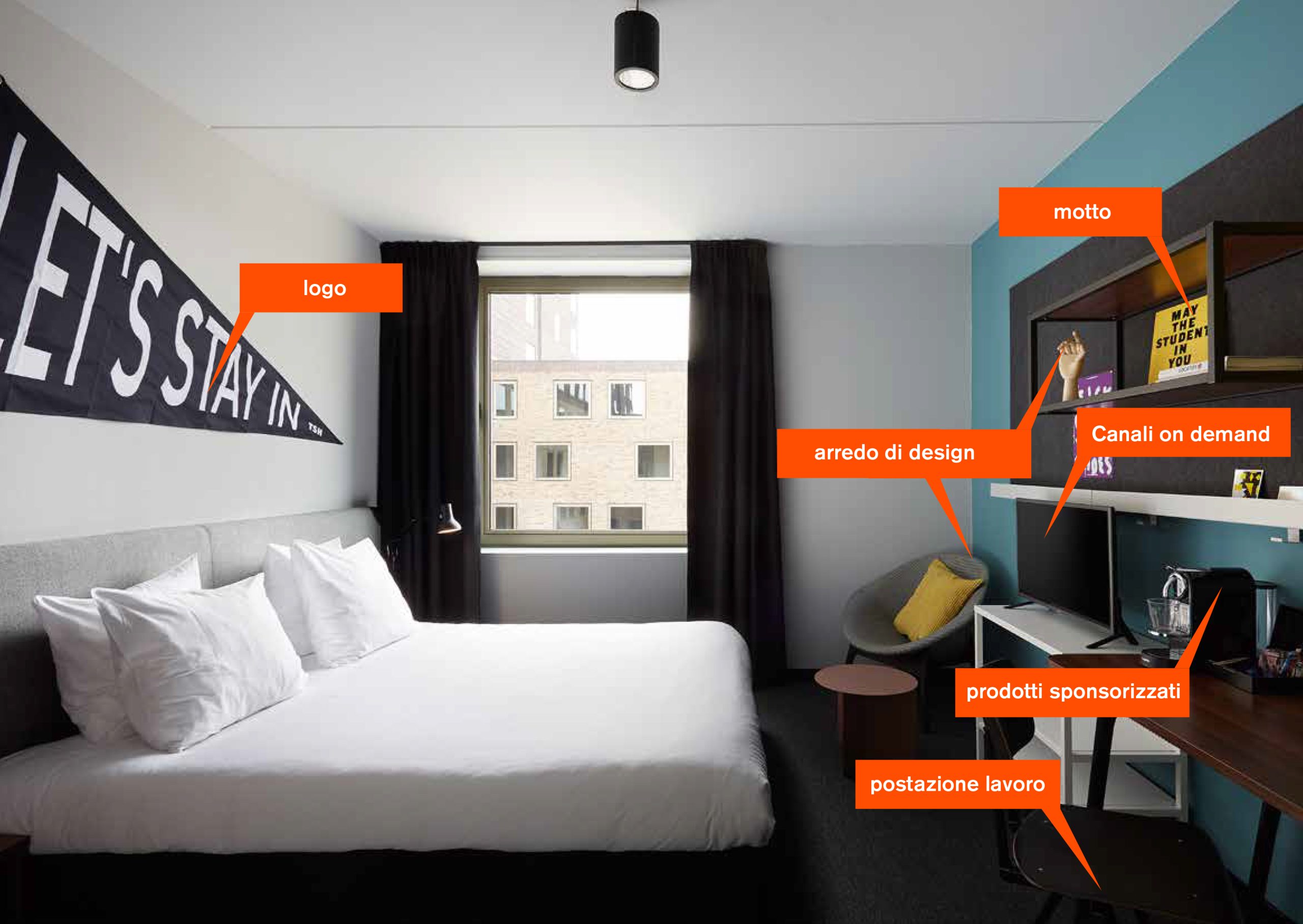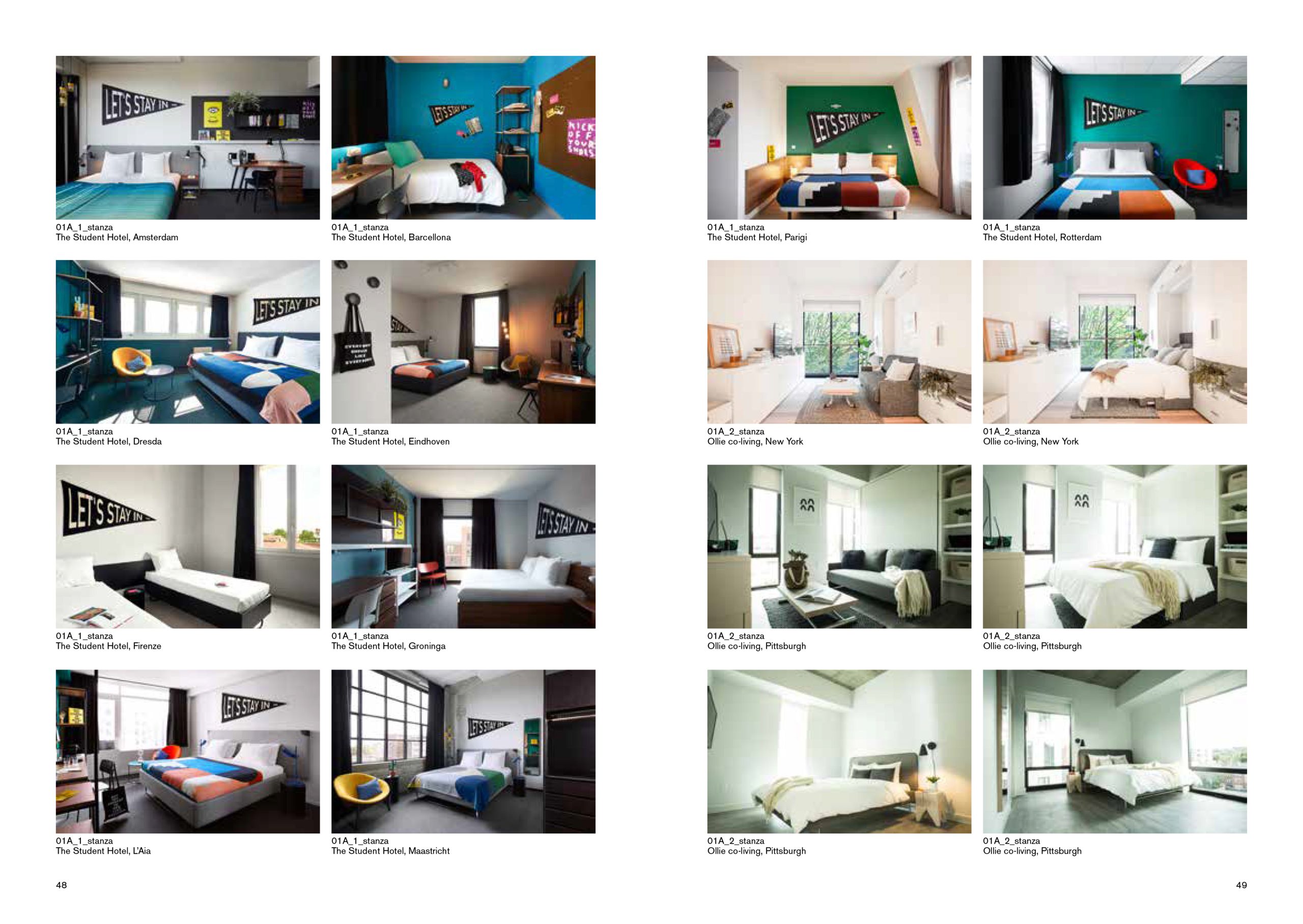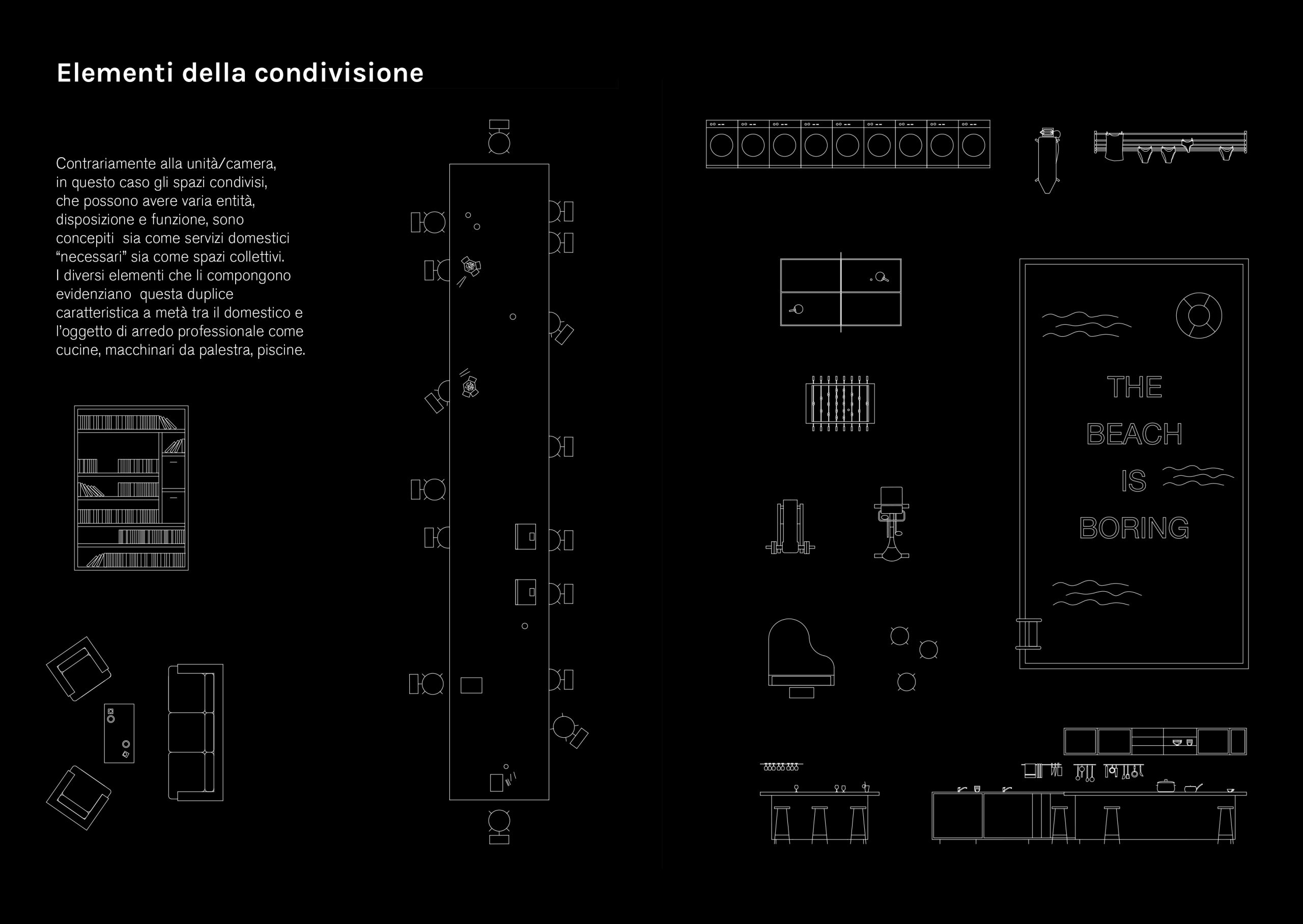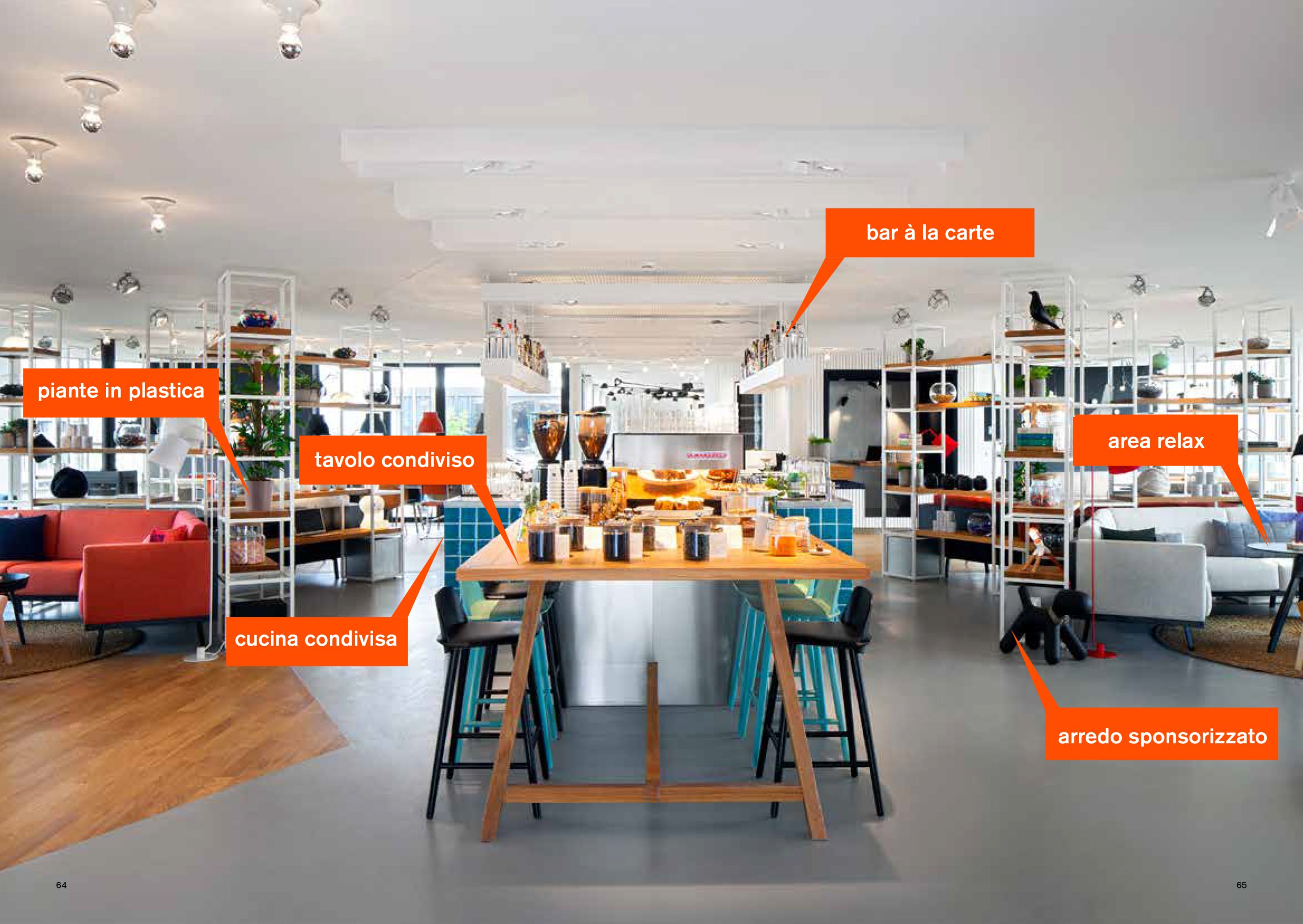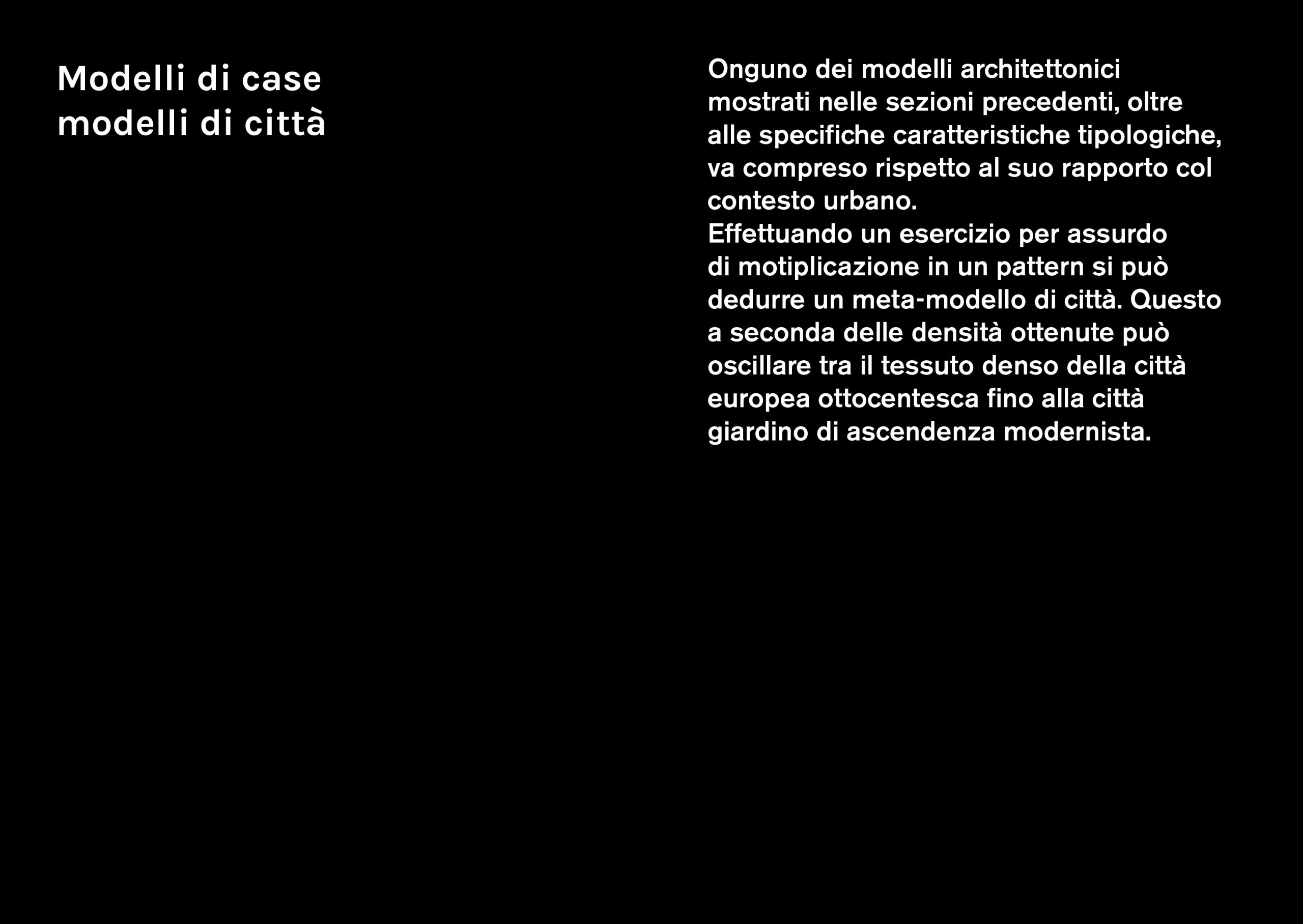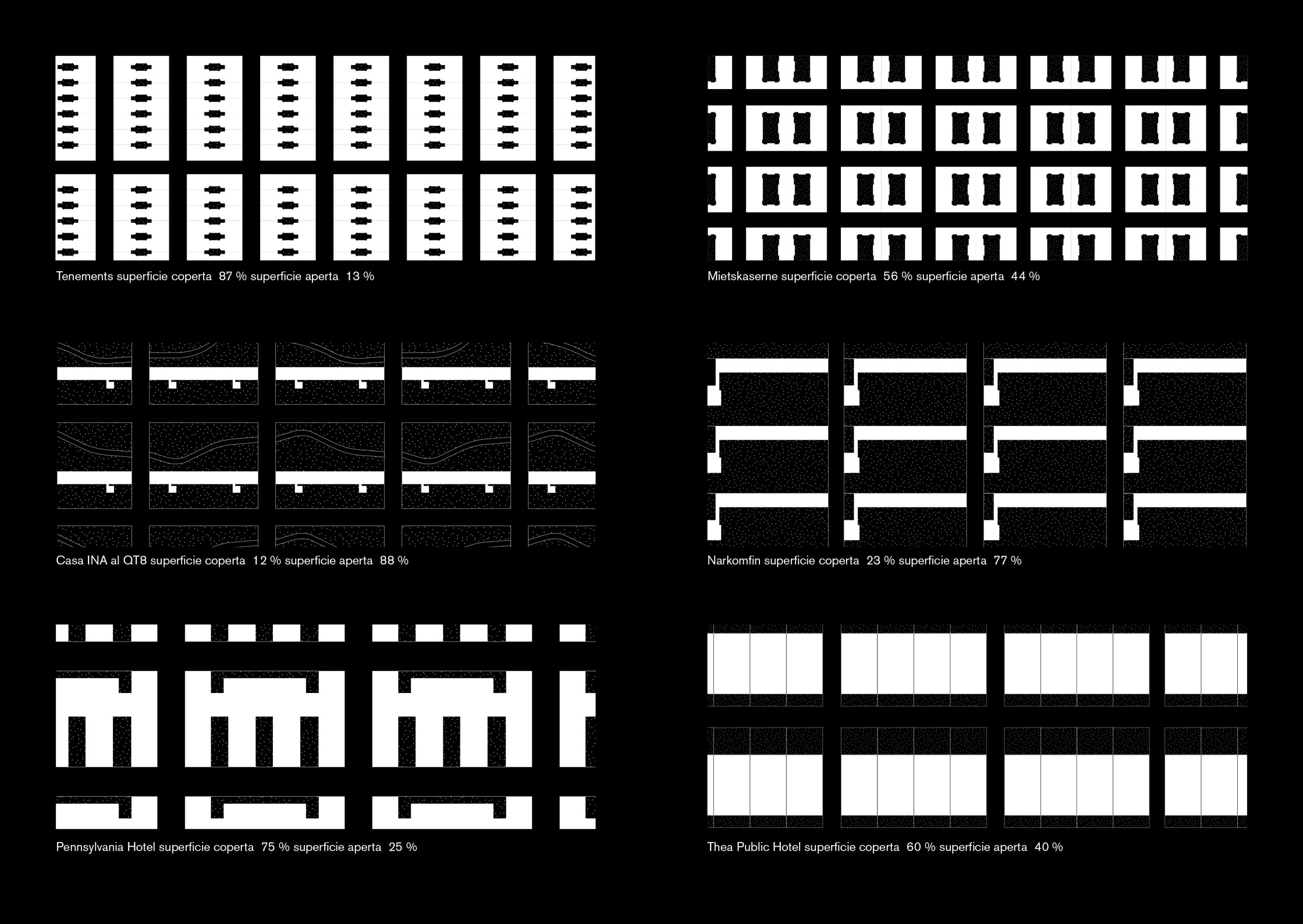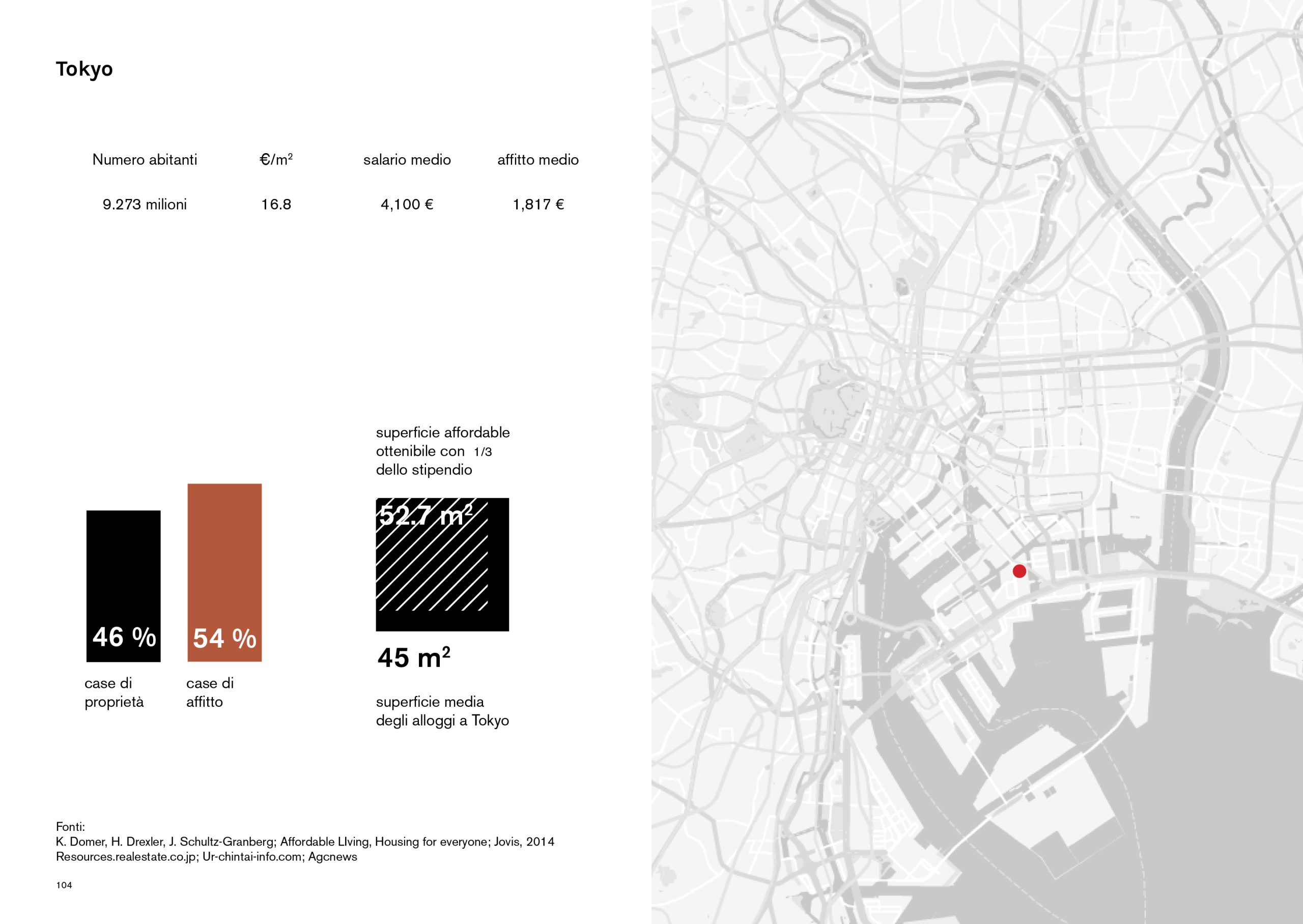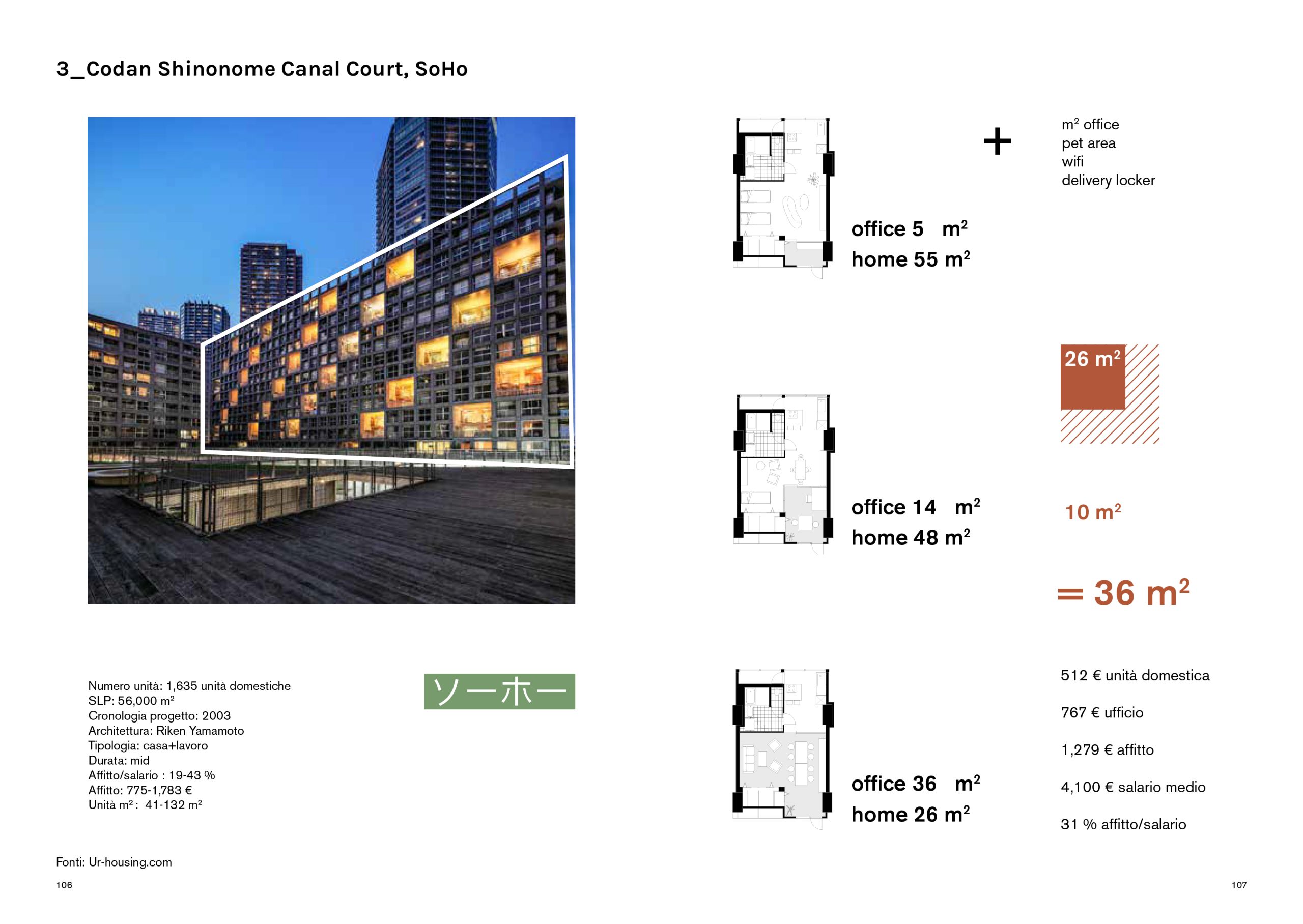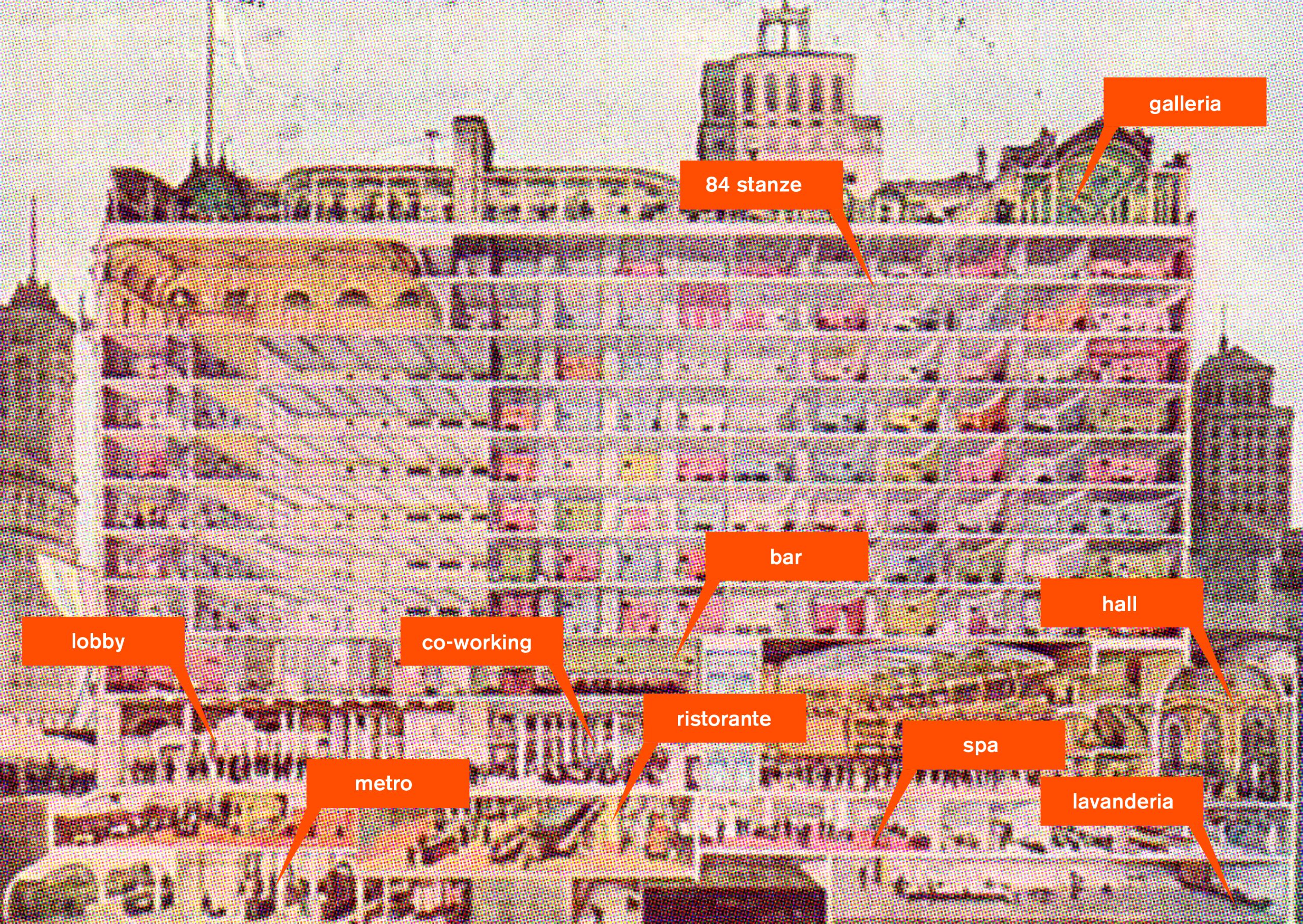# 3-Abitare oltre la proprietà
Italy is a country of homeowners. However, according to national statistics, cash renters do not seem disadvantaged in relation to their landlords: 9 million of tenants spend averagely 400€ per month on their rent (only 14% of the average national income). In major cities, these figures change radically. In the case of Milan, the affordable rental flat area is of about 30 sqm -the area corresponding 30% of median rent over the median city income-, while the median area of rental flats in the city is of 70 sqm.
Cities are the place where Engels’ Wohnungsfrage has always unfolded in its more severe form, historically in purpose- built housing typologies as the Mietskasernen of Berlin, the tenements of New York, and the Parisian immeubles de rapport.
In Postwar Europe, the deprived social conditions associated with these typologies triggered experimentation in the field of social housing, assigning to the State also the role of great landlord. The mass provision of housing led also to the dimensional standards still in use in planning regulations.
Paralleled to this mainstream story, some housing typologies were designed and optimized starting from human body dimensions. The hotel, from its first conception at the end of the 18 th century in the United States, has always been an incubator for domestic innovation.
Today, if we observe major cities across the globe, we find hybrid housing typologies, mixing the spaces and services of the hotel to the notions of comfort and security typically associated with the traditional rental flat. Rental housing in this sense operates simultaneously as dwelling and a constellation of included services. Units of reduced size are combined with common areas and facilities in single buildings. Plus, housekeeping service and hotel-like management are usually part of the rental fee. Depending on budget and target users, this can take the form of co-living for students and professionals, luxury or branded apartments, serviced apartments, and elderly apartments.
What would be the consequences in a city where no one owns a home, but everybody can rent a house?
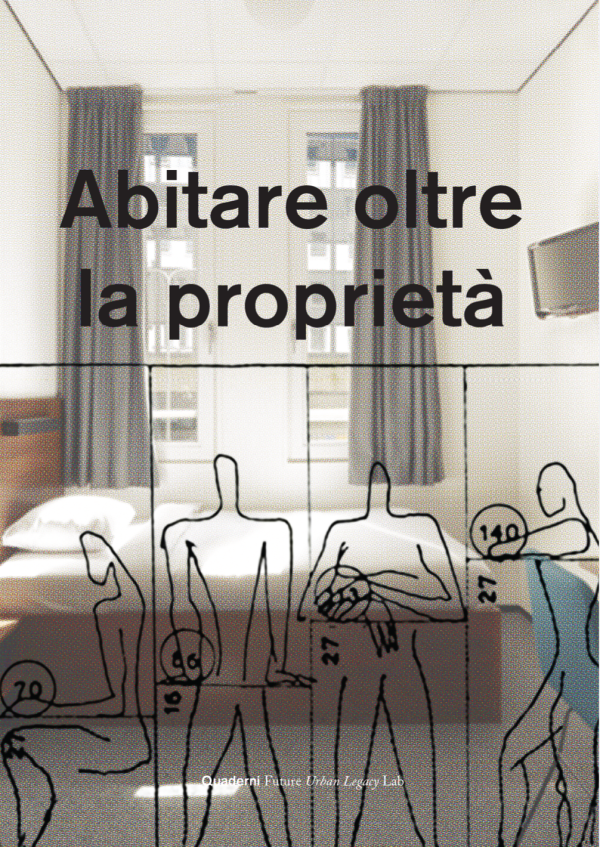
Date
2018
Authors
Team
Giulia Ravera, Lorenzo Rabagliati
Category
Quaderni FULL
Tags
#Architecture #NewHousingIssues
Funding
Sidief Spa

